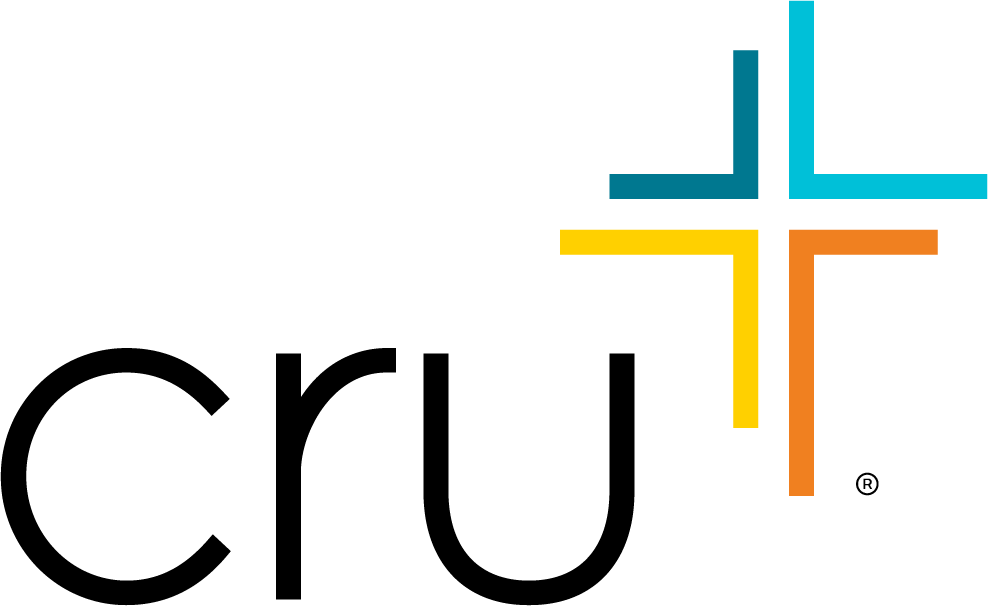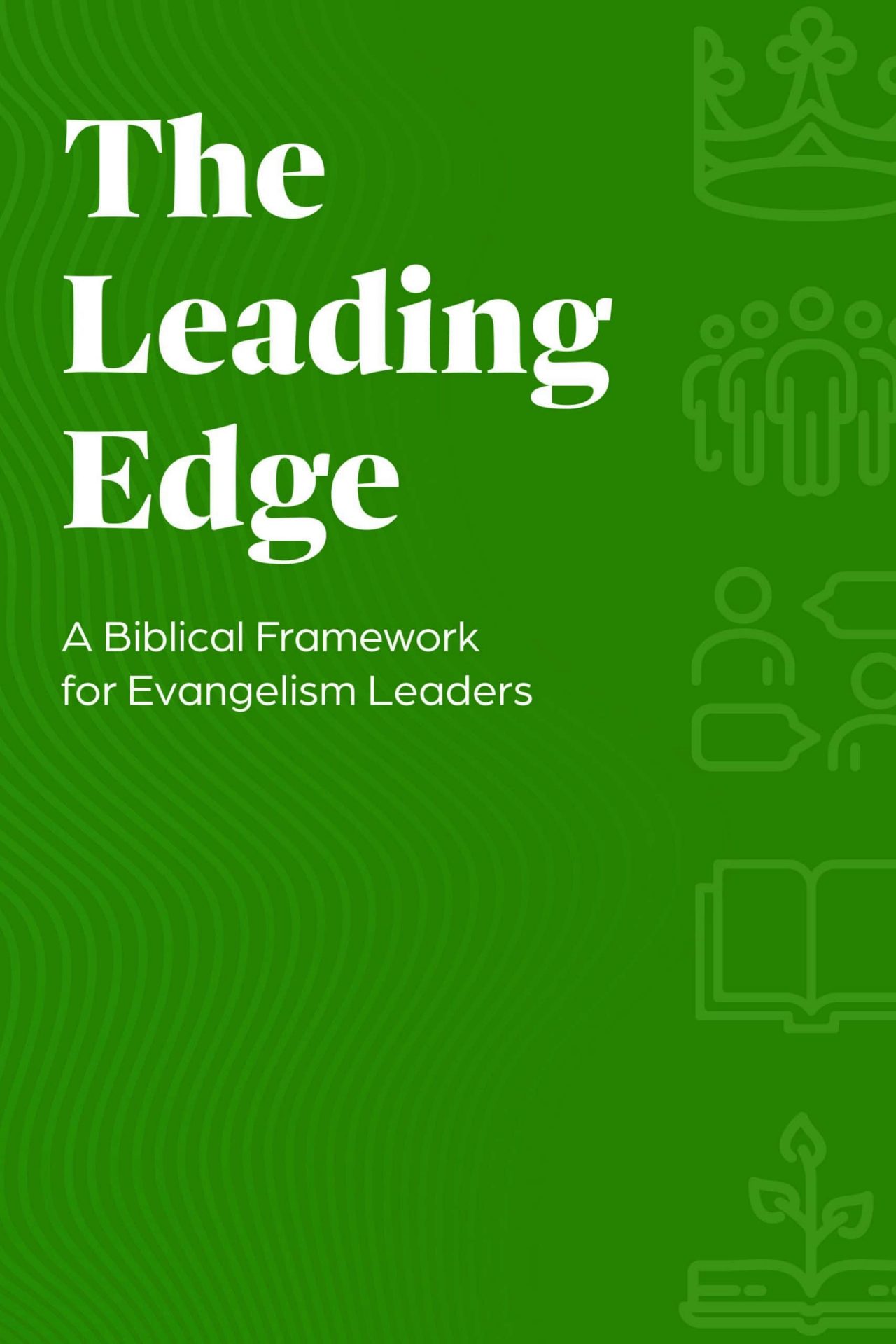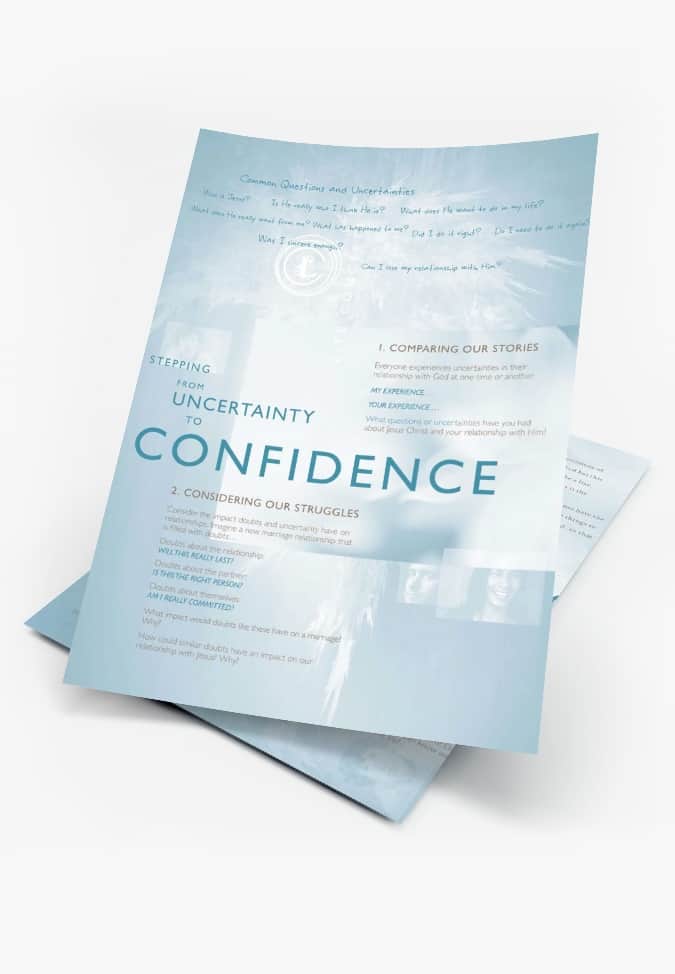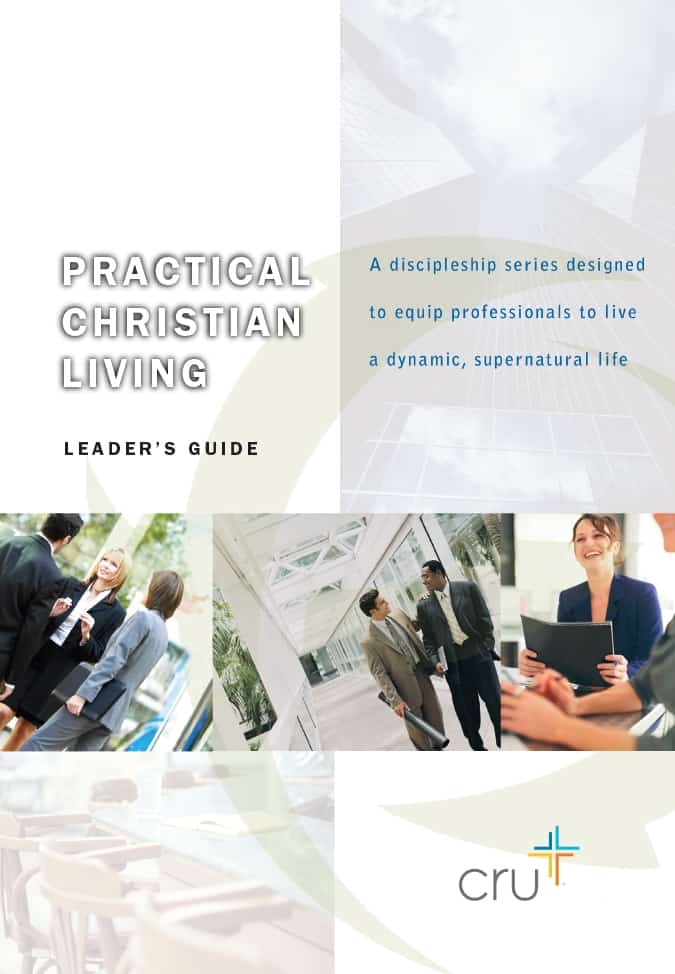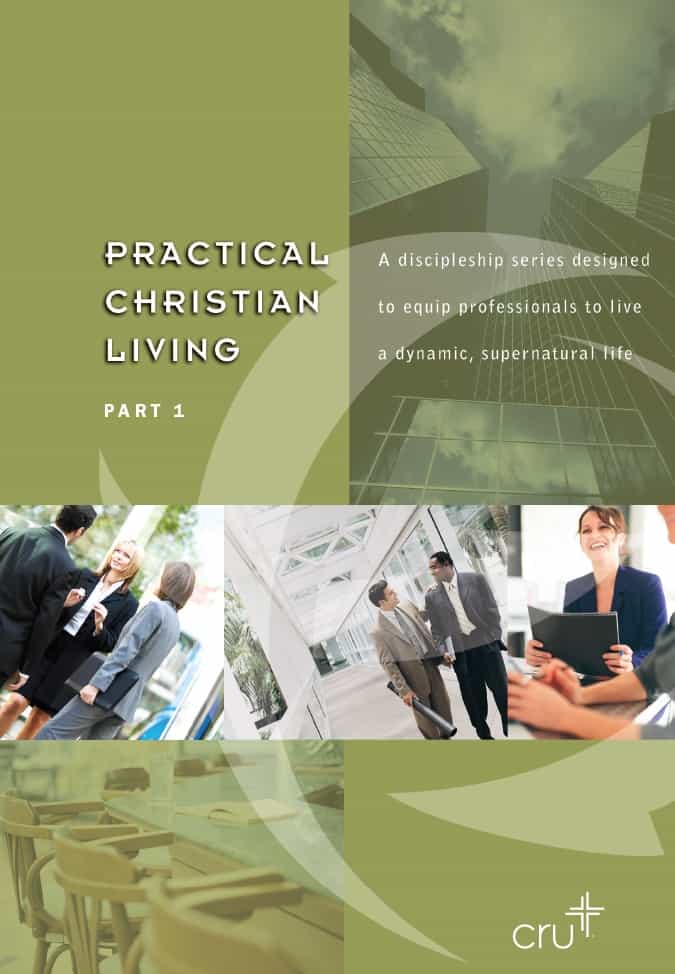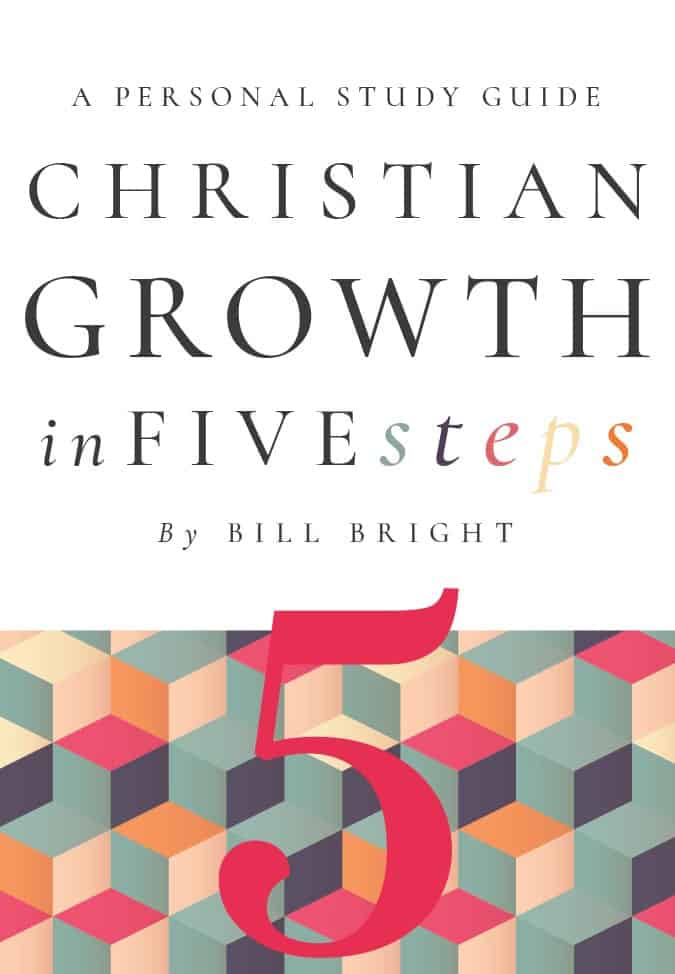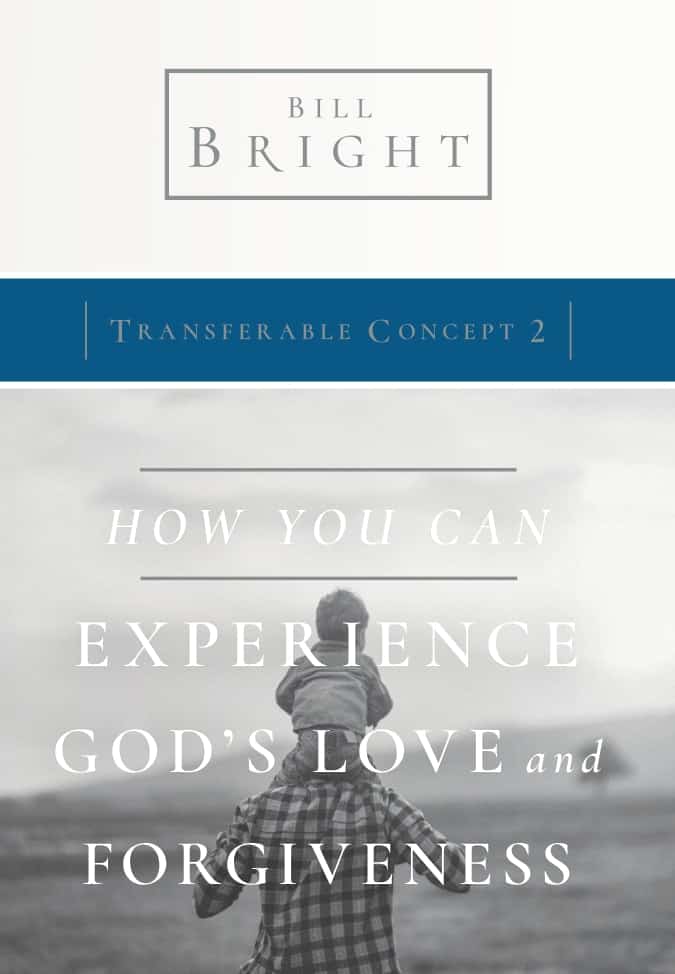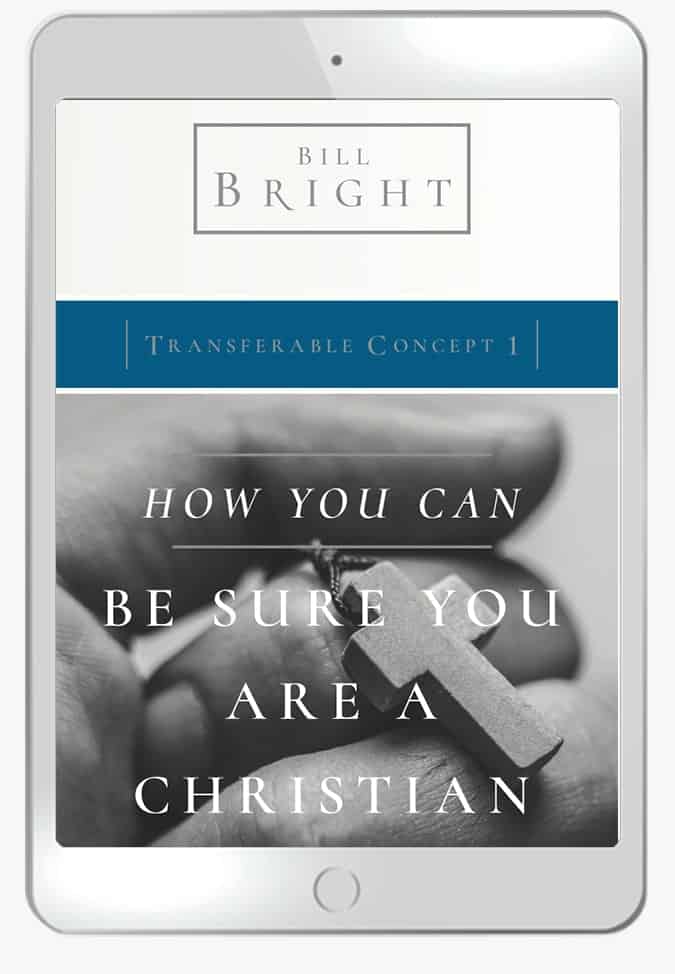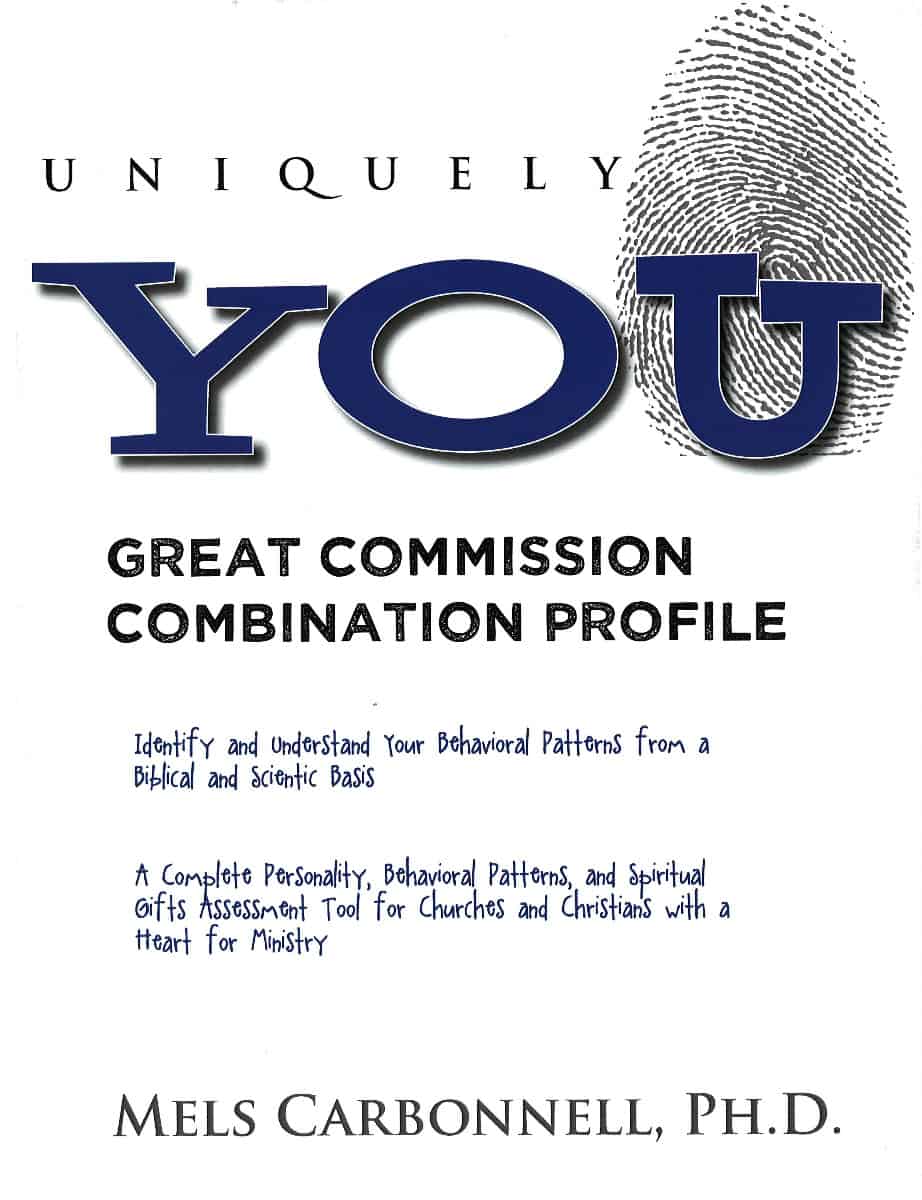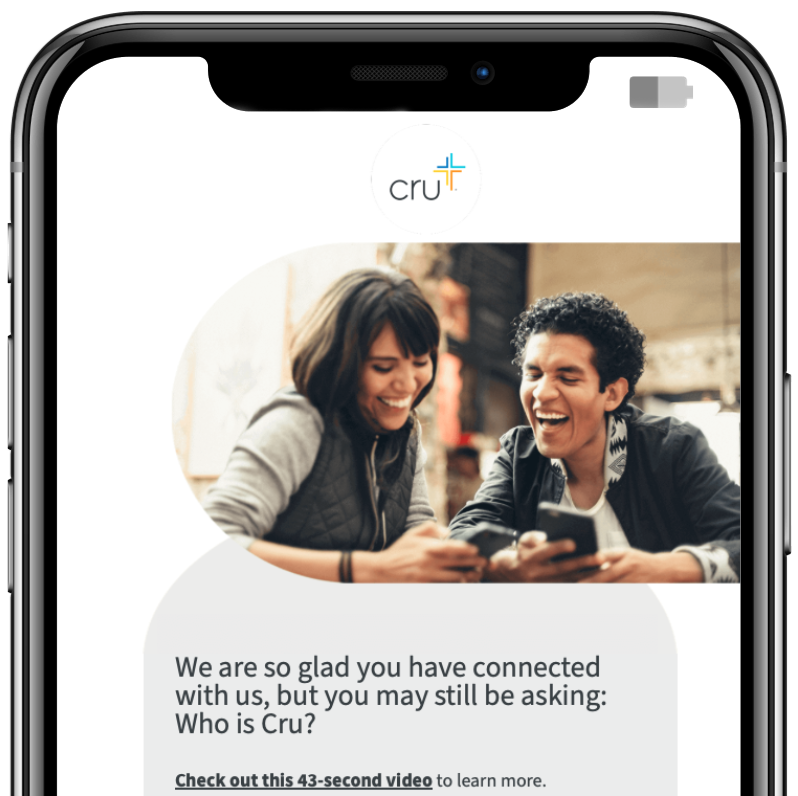How to Make Your Movement More Attractive to New People

In our last home we had our kitchen completely redone. We loved it, except for one thing — because of a bad measurement there was a 2 inch gap between an end cabinet and the floor tile. Two days after the kitchen was done, we didn’t notice the gap anymore. We just got used to it. Six years later we finally fixed it. We fixed it because we were moving and we knew that gap was one of the first things a buyer would notice. It cost $20 and took about an hour.
I wonder, what “gaps” are there in your ministry? What are those things that are just a little off, and maybe they bugged you at first, but now you’re used to them? The reality is, every week is an open house for our movements. Every week you want to attract more new students to your meetings, your small groups, your outreach events. And you know what — they notice the gaps that you have grown accustomed to.
This post was inspired by reading Andy Stanley’s Deep And Wide. In that book he talks about the model they use at Northpoint Church for creating a place that unchurched people love to attend. I highly recommend the book, and want to share a couple things Andy’s church does to fix the gaps and create environments that are irresistible to non-believers.
1. Use the term “singing” instead of “worship.”
Andy says, “Putting unbelievers or different kinds of believers in situations where they feel forced to worship is incredibly unfair. It’s offensive.” For most people that word, “worship,” is loaded. It’s religious. It’s churchy. Andy writes, “Inviting someone to stand and sing is very different than asking someone to worship.”
Imagine you were invited to a local Mosque and they asked everyone to stand and worship. What would you do? You’d probably feel a little conflicted and anxious to leave. But, what if they asked you to stand and sing with them? Feels a little better, doesn’t it?
2. See things from a new person’s perspective.
This is really about doing everything you can to remove all obstacles except one—the Gospel. I went to a weekly meeting once where the “mixer” question was, “What’s your mission field?” Right next to me was a non-believer who had no idea how to answer that question. I felt so bad for him because the question communicated not only that he did not belong, but his presence was unexpected.
Maybe ask your students what would make it easy for new people to get plugged in and what things make it hard? What are you currently doing that turns people off? Would new people want to come to your events? Why or why not? Do new people come?
Try this: Assign students to go to another student group meeting or a church they’ve never attended, possibly even one of a different faith, and then debrief the experience.
3. Be intentional about what you teach.
Andy quotes fellow Northpoint Pastor Reggie Joiner who says, “While all scripture is equally inspired, it’s not equally applicable to all age groups.” I am not a fan of weekly meeting teaching that simply goes through a book of the Bible. Unless, that is, you have purposefully chosen a book or passage that your students need to hear because of issues they are dealing with.
And, please think about the outsider when you name your talks and series. Avoid words like, “Fellowship” and “Biblical” and “Evangelism.” Please talk about these things, but use words that communicate to an outsider. In his book, Andy says, “[Do] we tailor the content to non-Christians? Nope. We tailor the experience to non-Christians. There’s a big difference.”
The reality is, every day is an open house for your movement. Every day students and faculty are going to decide if they will “buy in” or not. You can’t fix every problem, but you can do something about the obvious ones. So take some time and do a walk-through of your movement. What’s working? What could be better? What needs to change to make it as easy as possible for a new person to get involved? Have the movements you help lead become mainly for Christians? What needs to change to make the things you offer more attractive to those far from God?
I’d love to hear from you. How have you sealed the gaps in your movement? What gaps are there that you have stopped noticing? Please leave your comments below.
* Photo courtesy of Cru Upper Midwest Region (Flickr Creative Commons)





